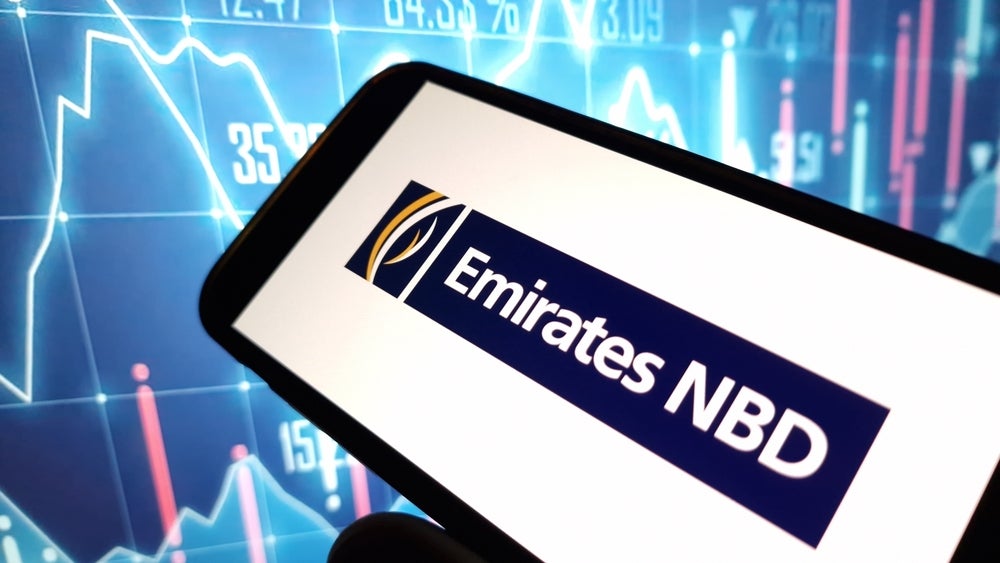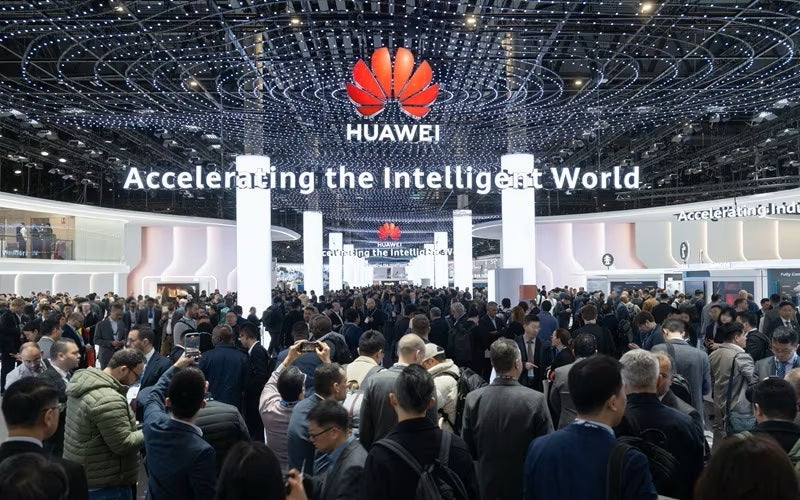The number of EMV payment cards in global circulation has increased by 1.3 billion to reach 6.1 billion by the end of 2016, according to the latest figures released by technical body EMVCo.
The data also highlighted that 52.4% of all card-present transactions made globally between January and December 2016 used EMV chip technology, up from 35.8% for the same period in 2015.
Europe Zone 1 has recorded the EMV chip card adoption rate of 84.9%, up from 84.3% in 2015. In Canada, Latin America & the Caribbean, EMV chip card adoption rate was 75.7%, up from 71.7% in 2015.
In Africa and the Middle East, EMV chip card adoption rate was 68.7%, up from 61.2% in 2015. Europe Zone 2 has recorded EMV chip card adoption rate of 63.7%, up from 52.3% in 2015.
In the US, EMV chip card adoption rate was 52.2%, up from 26.4% in 2015. And the Asia Pacific region recorded EMV chip card adoption of 38.8%, up from 32.7% in 2015.
EMVCo executive committee chairperson Soumya Chakrabarty said: “Implementation of the EMV chip infrastructure globally offers real benefits to merchants, acquirers, card issuers and consumers as the specifications support features for reducing the fraud that results from counterfeit and lost and stolen payment cards.
“Therefore, the higher the adoption of EMV technology worldwide, the more robust the entire infrastructure becomes. We also recognise that more recent data will reflect higher adoption rates than the January to December 2016 reporting period, given the current pace of migration in regions such as the US and Asia.”







